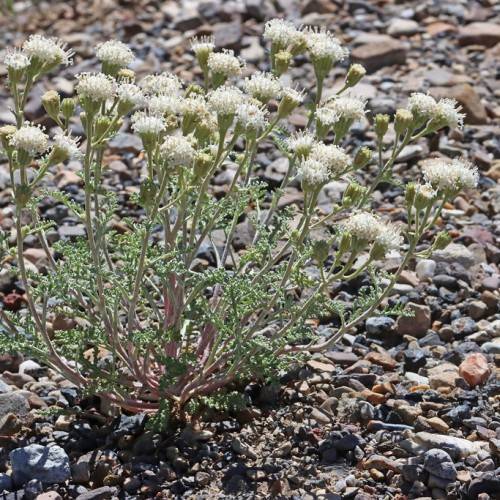
Alpine Pincushion
Chaenactis douglasii var. douglasii
Also Known As - Hoary False Yarrow,Douglas' DustymaidenWatering:
Average
Hardiness Zone:
Sun:
full sun,part shade
Leaf:
Yes
Growth Rate:
Low
Drought Tolerant:
Yes
watering
Eastern Redbuds require frequent watering in the first 3 years; this helps keep the plant healthy and ensure it will flourish. Water the Eastern Redbud deeply but infrequently to encourage deep root growth. Water the soil approximately 1 inch per week, either by nature rainfall or by irrigation, throughout the growing season. In well-drained soil this should be done every other day. During extended hot and dry periods, water the soil more frequently for the first 2 to 3 growing seasons to ensure the tree establishes properly.
sunlight
Eastern Redbud trees should receive at least 6 to 8 hours of sunlight per day for optimal growth. This plant prefers full sun in the spring and winter months, but it can also thrive in a location with partial shade during the summer months. It is also important to note that Eastern Redbud trees should be planted in a location that does not receive overly hot afternoon sun (like the south or southwestern side of a building). This will help to protect the tree from any possible dehydration during hot summer days.
pruning
When it comes to pruning Eastern Redbud plants, the best time to do so is during the late winter or early spring months, when the tree is dormant. Pruning Eastern Redbuds should be done sparingly and sparingly only when absolutely necessary; major pruning should be avoided as it can damage the tree's natural growth pattern. When necessary, thinning out and selectively removing some branches to open up the tree’s canopy and shape the crown structure is best. This type of pruning should be done judiciously to ensure the natural aesthetics of the plant species are preserved. It is not typically necessary to prune or trim Eastern Redbud overly aggressively, as it is a slow-growing species that naturally develops a rounded shape.
